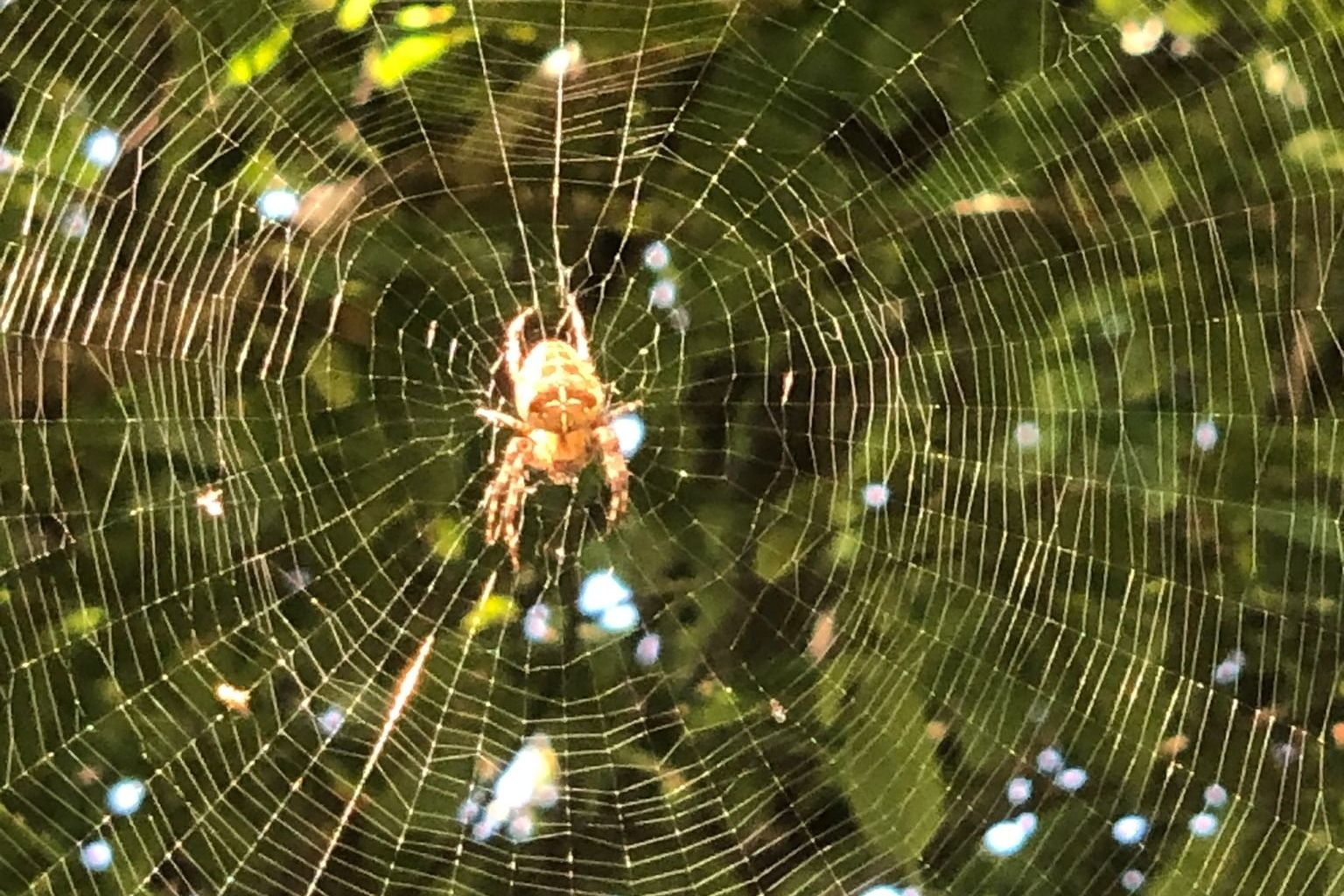Nearly 1,200 people were admitted to hospital wards after coming into contact with non-venomous arthropods which include cockroaches, beetles, spiders, lice, ticks and termites from 2014 to 2022.
In farmyards, around a dozen people a year need hospital treatment for bites or kicks from sheep while there are generally at least 200 hundred casualties from contact with cows or bulls.
HSE figures reveal 13,673 patients received inpatient and day care treatment for injuries from brushes with domestic pets like horses, dogs or cats; to kicks or bites from farmyard stock; to stings or bites from exotic insects like venomous centipedes across the nine-year period.
The figures include inpatient stays in hospital wards and day wards but not emergency department visits.
More than 40 people have been admitted to hospital wards after contact with spiders since 2014.
Dr Michel Dugon, assistant professor in zoology at Galway University, said about 10 species of Irish spiders are capable of piercing human skin with their fangs.
“Only one species has a venom powerful enough to send people to hospital in very rare cases, and this is the noble false widow, which is present on the island since the late 1990s,” he said.
“Bites typically result in immediate radiating pain, with swelling and redness occurring around the bite site after a few minutes.
“That would be similar to a wasp sting, maybe a little stronger than that.
“In some cases, victims report joint pain, headaches and profuse sweating. In extreme and therefore very rare cases, people have reported dizziness, chest pain, and difficulty breathing.”
Dr Dugon, an expert on venom, said encounters with non-venomous insects such as horseflies, midges and mosquitoes can result in injuries.
“Scratching these itchy bites may result in secondary infections, sometimes quite severe, and in case of multiple bites people can have an allergic reaction resulting in swelling, pain and hives over parts or the whole body,” he said.
“In some extreme and rare cases, the allergic reaction can include difficulty breathing and dizziness.”
There were fewer than five cases of hospital treatment for people stung by tropical millipedes or centipedes in 2019 but Dr Dugon said these are extremely rare.
“It is either limited to very rare occurrences of animals coming with imports of plants or fruits or the ones that are kept occasionally as exotic pets,” he said.
“Their sting is extremely painful — I have been bitten before in Malaysia — and can lead to deep wounds, blistering of the skin and a neurological syndrome that includes sweating, headache, nausea and cramps. They are not life-threatening.”
When it comes to stinging there are a few dozen cases of injuries from bees, wasps and hornets in hospital every year with 518 cases.
Last year there were 14 hospital cases relating to venomous marine organisms which are thought to relate to jellyfish, the Portuguese man o’ war and weever fish.
Dog attacks have nearly doubled from 267 hospital cases in 2014 to 515 in 2022. Cat attacks were up from 42 to 78.
Hospitalisation from being bitten or struck by a horse has remained at around 150 or 160 cases each year.
There were seven cases of rat bites in 2019 and a small number in three other years, including a handful of cases last year.
There were also a small number of cases of hospital treatment for patients due to contact with venomous snakes and lizards in 2020 while the data also referred to a few injuries in a number of different years from contact with birds.





